At Nava we have a living Google Doc where we link to books that help us understand the systems and architecture we use. The intention of this document is to form a baseline of readings that new employees will need and to share with other employees good resources for being productive.
Below are some of our favorites from that list:
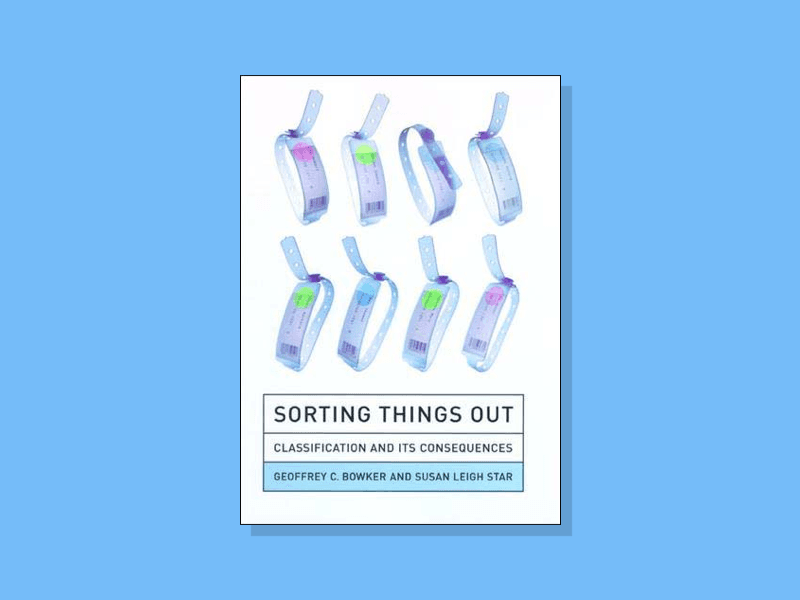
Sorting Things Out: Classification and its Consequences
by Susan Leigh Star and Geoffrey C. Bowker
This covers, in great detail, the astounding ways that the models we make for the world end up influencing how we interact with it. This is incredibly relevant to our work: the data models we define and the way we classify and interpret data have profound and often invisible impacts on large populations.
Sha Hwang, Co-founder and Head of Creative
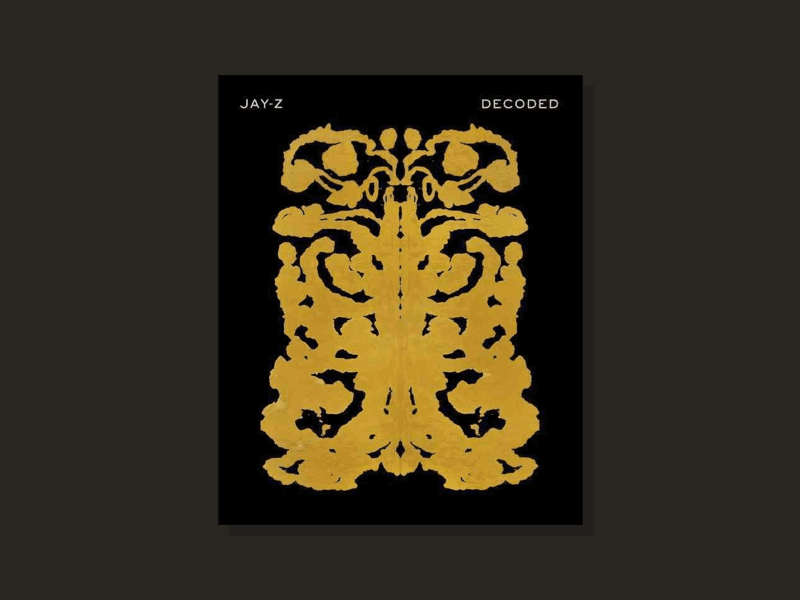
Decoded
by Jay Z
Decoded is Jay Z’s autobiography and describes his experience as a black man growing up in an impoverished neighborhood in NYC. In particular, there is a passage about poor people’s relationship to the government that changed the way I think about the perception of those government services that I work to improve. This book showed me that the folks we usually want to serve most well in government, are the ones who are most likely to have had profoundly negative experiences with government. It taught me that, when I work on government services, I am rebuilding a relationship, not starting a new one. Context is so important. It’s a fun, fast read and I used to ask that our Apprentices read at least that passage, if not the whole book, before starting with our team at the NYC Mayor’s Office.
Genevieve Gaudet, Designer
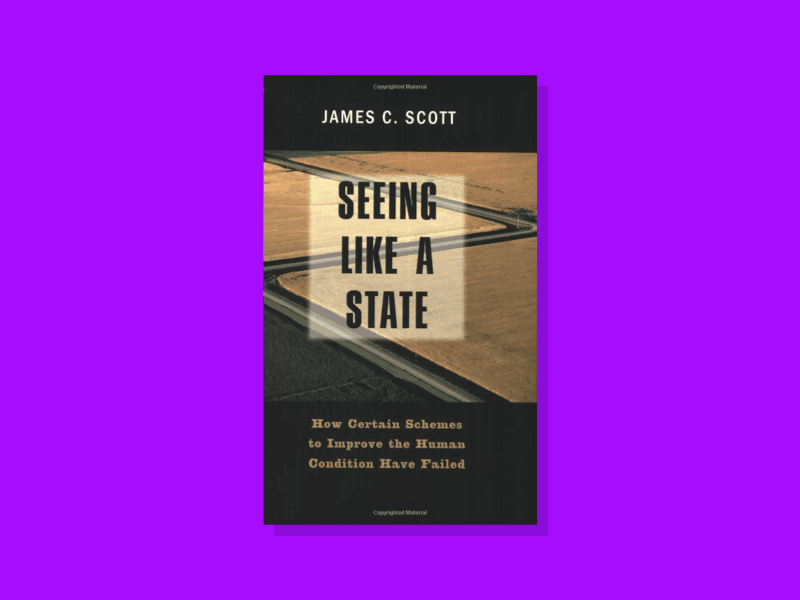
Seeing like a State
by James C. Scott
A reminder that the governance of people at scale can have unintended consequences when removed from people’s daily lives and needs. You won’t think of the grid, property lines, and last names the same way again.
Xena Ni, Designer
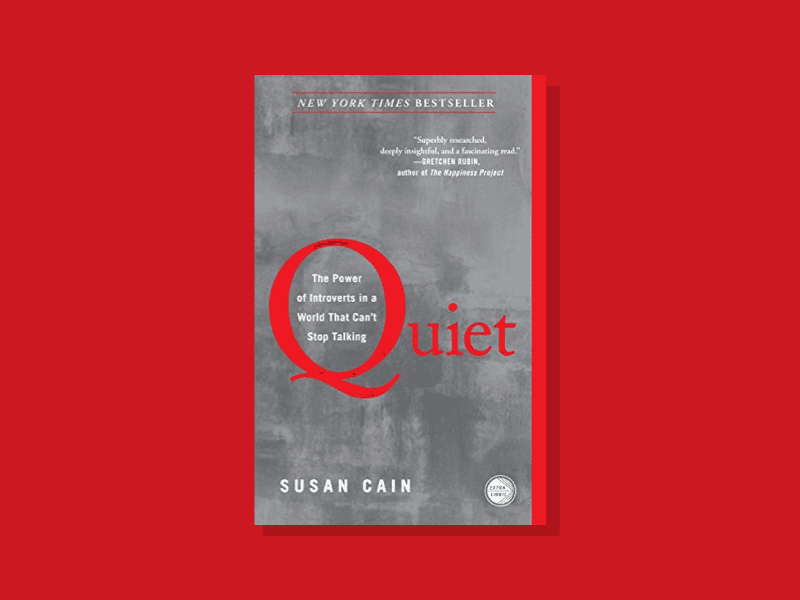
Quiet: The Power of Introverts in a World That Can’t Stop Talking
by Susan Cain
Cain uses data and real world examples of how and why introverts are overlooked in American culture and then discusses how both introverts and extroverts can play a role in ensuring introverts get a seat at the table and a word in the conversation.
Aimee Barciauskas, Software Engineer
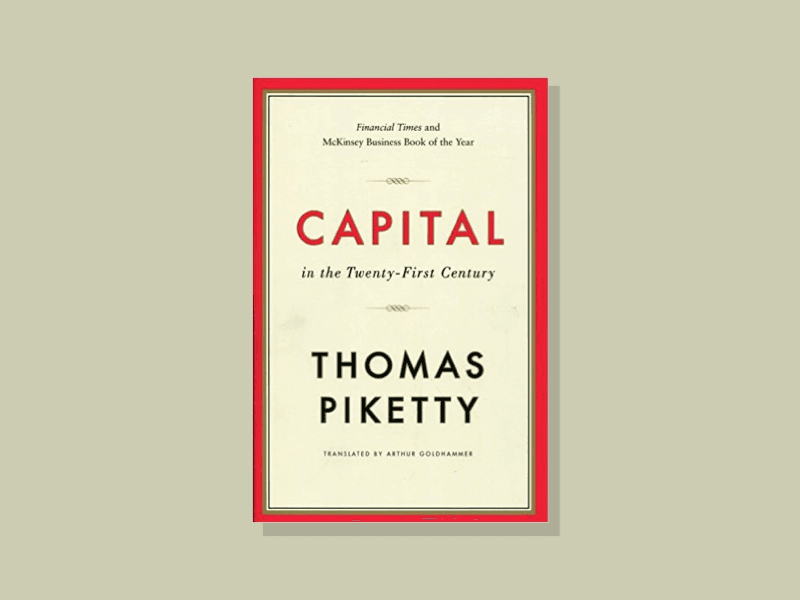
Capital in the Twenty-First Century
by Thomas Piketty
This book analyzes the long-term fluctuations in wealth inequality across the globe, from the eighteenth century to present. He exposes an incredibly important issue in a compelling way, using references not just to data, but to history and literature to prove his point.
Mari Miyachi, Software Engineer
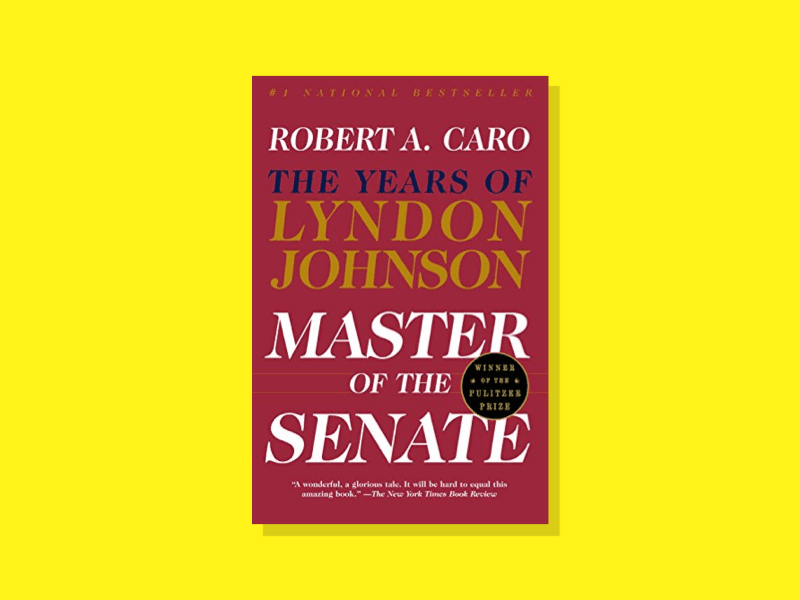
Master of the Senate: The Years of Lyndon Johnson III
by Robert A. Caro
Our most underhanded president also brought us Medicaid, Medicare, and civil rights. Was Machiavelli so bad after all?
Alex Prokop, Software Engineer

Praying for Sheetrock
by Melissa Fay Greene
A true, close-up story of McIntosh County, Georgia, a place left behind by the greater Civil Rights movement of the 1960s. This is a story about the civil rights movement that shakes up the community in the 1970s, and this is also a story about burnout, and organizing, and intergenerational trauma.
Xena Ni, Designer
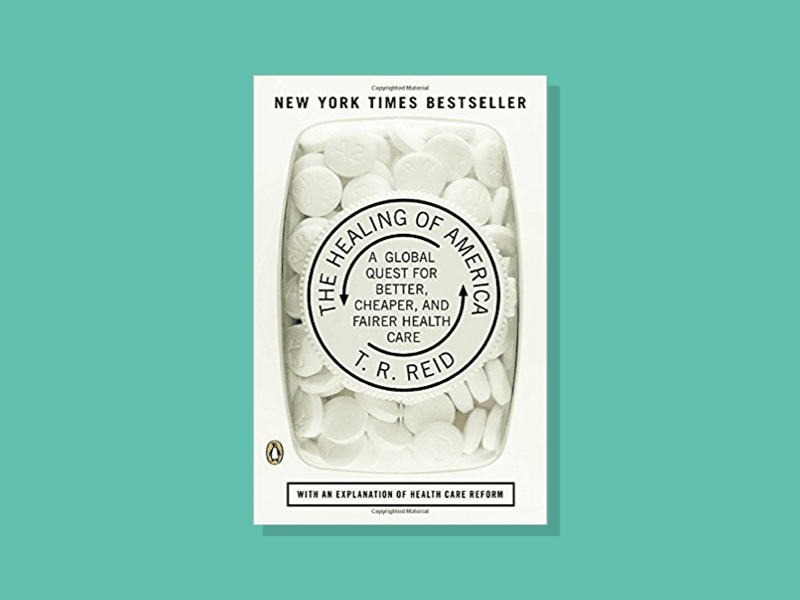
The Healing of America: A Global Quest for Better, Cheaper, and Fairer Health Care
by T. R. Reid
Reid explores different models for healthcare in nations across the globe. He’s searching for an understanding of why America’s system is comparatively so expensive and unsuccessful, leaving so many uninsured and unhealthy. There is a great chapter on Ayurvedic medicine which (spoiler alert) seemed to work for the author when he was suffering from a shoulder injury!
Aimee Barciauskas, Software Engineer
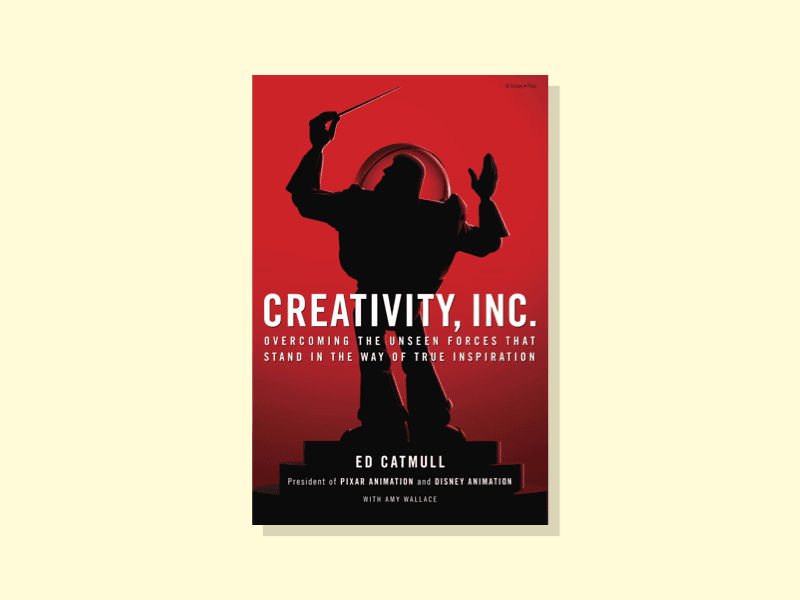
Creativity, Inc: Overcoming the Unseen Forces That Stand in the Way of True Inspiration
by Ed Catmull and Amy Wallace
A very enjoyable and inspirational read about the history of Pixar from founder Ed Catmull himself. It delves into what sets a creative company apart and teaches lessons like “people are more important than ideas” and “simple answers are seductive” without reading like a typical business book.
Lauren Peterson, Product Manager
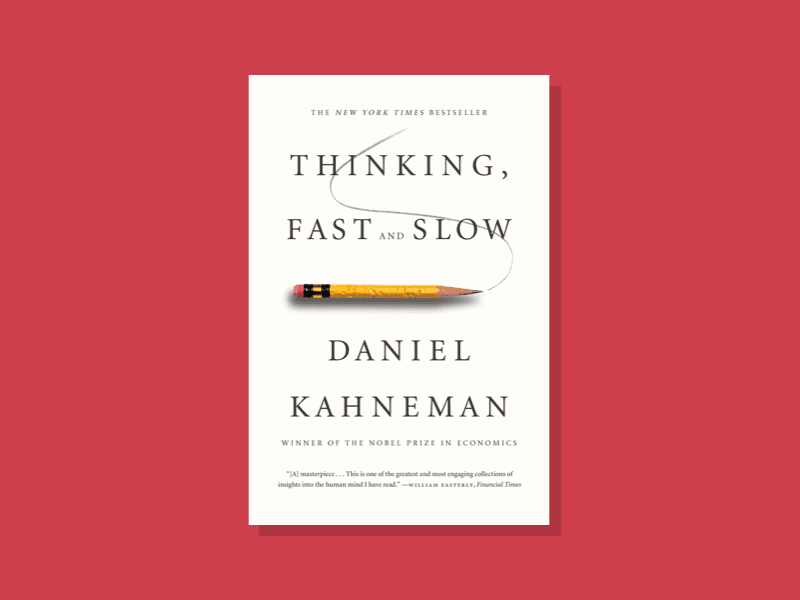
Thinking, Fast and Slow
by Daniel Kahneman
The magnum opus of Nobel laureate Daniel Kahneman. Kahneman is a psychologist but his Nobel is in Economics, and unlike other winners in this category, his win stands the test of time. You will be a much better decision maker after reading this book and understanding the two modes our brains work in: System 1 intuitive “fast” thinking and System 2 deliberate “slow” thinking. It is a beast of a book, but unlike the vast majority of (pop) psychology books, this book distills decades of groundbreaking research and is the basis for so many other psychology books and research that if you read this book carefully, you won’t have to read those other books. There are so many topics in this book, I’ll just link to the Wikipedia page to give you a flavor.
Alicia Liu, Software Engineer
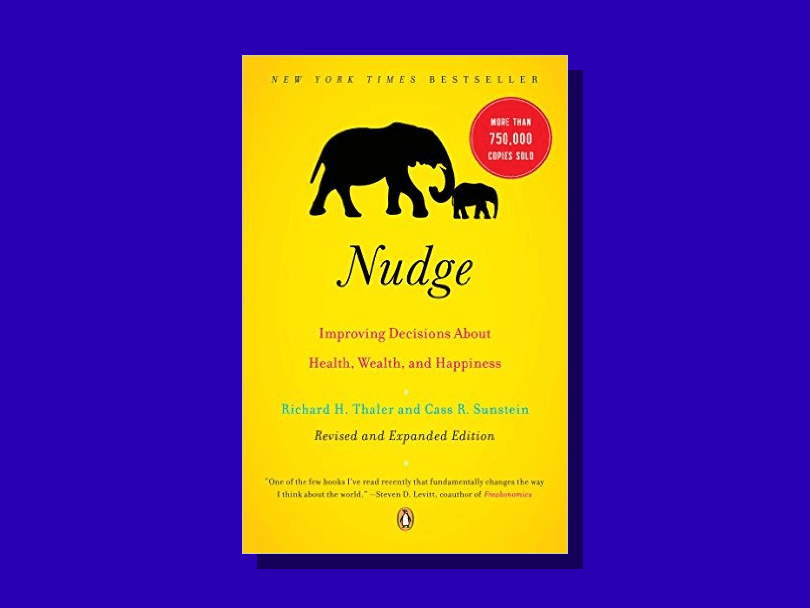
Nudge
by Richard H. Thaler and Cass R. Sunstein
This covers how sensible “choice architecture” can improve the decisions and behavior of people. Much of what’s covered comes from decades of research in behavioral science and economics, and has a wide range of applications — from design, user research, and policy to business and everyday life.
Sawyer Hollenshead, Designer
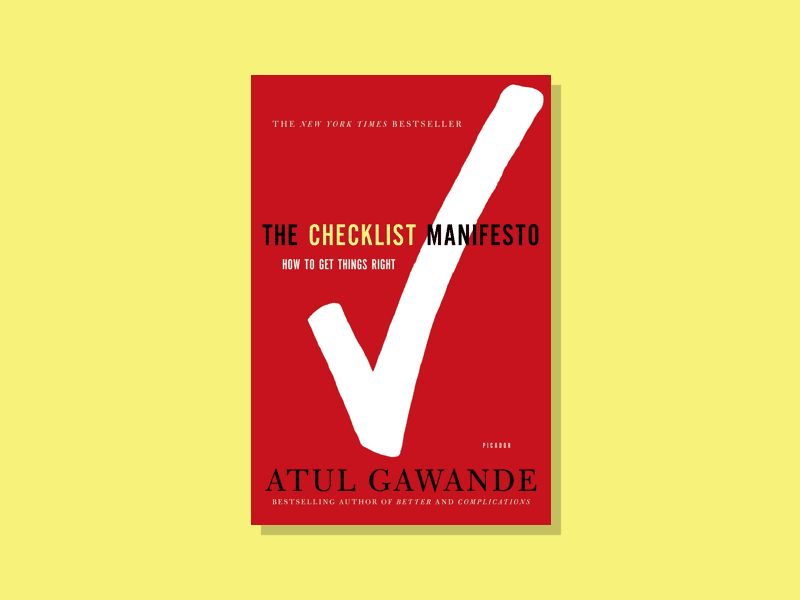
The Checklist Manifesto: How to Get Things Right
by Atul Gawande
This book is about how checklists can help even experts avoid mistakes. Experience isn’t enough. I try to apply the lessons of this book to the processes we use to operate our software.
Evan Kroske, Software Engineer
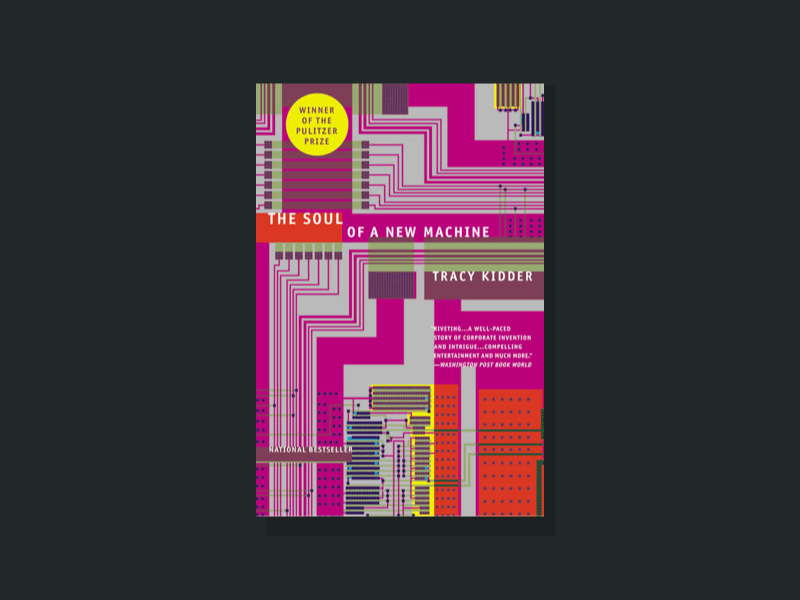
The Soul of a New Machine
by Tracy Kidder
This book details the work of a computer engineering team racing to design a computer. While the pace of work for the team is certainly unsustainable and perhaps even unhealthy at times, the highs and lows they go through as they debug their new minicomputer will be familiar to engineers and members of tight-knit groups of all varieties. The rush to finish their project, which was thought to be a dark horse at the beginning of the book, is enthralling and will keep you engaged with this book late into the night.
Samuel Keller, Software Engineer

Release It!: Design and Deploy Production-Ready Software
by Michael T. Nygard
One of the best, most practical books I’ve ever read about creating resilient software on “modern” web architectures. While it may not be the most relevant with regards to cloud-based infrastructure, the patterns and processes described within are still very applicable. This is one of the few technical books I have read cover-to-cover.
Scott Smith, Software Engineer
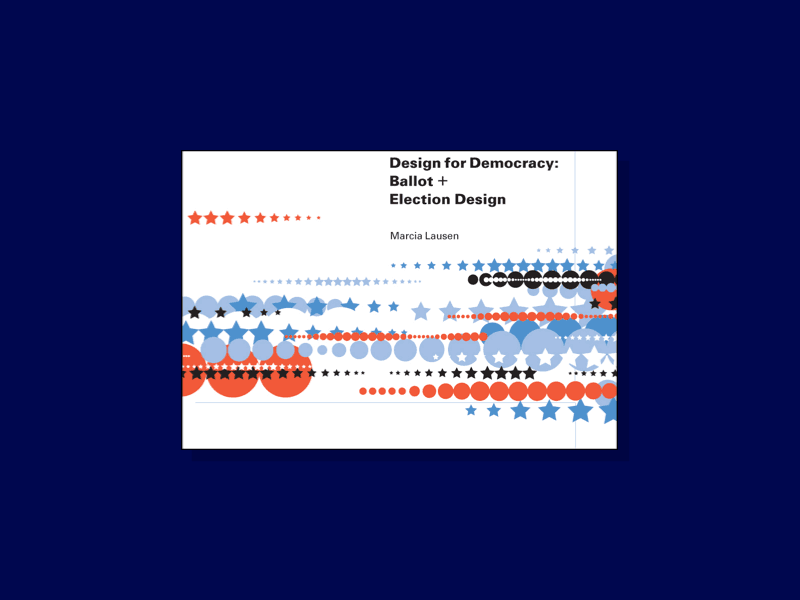
Design for Democracy
by Marcia Lausen
From an AIGA project to improve the design of ballots— both paper and electronic— following the “hanging chad” drama of the 2000 election, comes this review of best practices for designers, election officials, and anyone interested in the intersection of design and voting.
Xena Ni, Designer
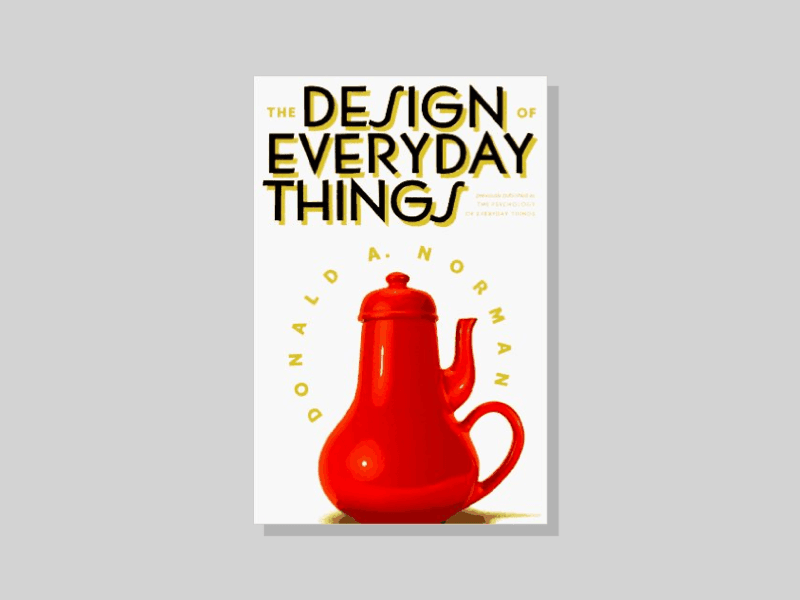
The Design of Everyday Things
by Donald A. Norman
This is a classic for learning about design and its sometimes unintended consequences. I read it years ago and I still think about it every time I’m in an elevator. It’s a great introduction to a designer’s responsibility and designing in the real world for actual humans, who can make mistakes and surprising choices about how to use the designs you create.
Genevieve Gaudet, Designer
More recommendations from the team
Open Government: Collaboration, Transparency, and Participation in Practice
Poverty Interrupted: Applying Behavioral Science to the Context of Chronic Scarcity [PDF]
Designing for Social Change: Strategies for Community-Based Graphic Design
Making Comics: Storytelling Secrets of Comics, Manga, and Graphic Novels
The New New Journalism: Conversations with America’s Best Nonfiction Writers on their Craft
The Furious Improvisation: How the WPA and a Cast of Thousands Made High Art out of Desperate Times
Effective DevOps: Building a Culture of Collaboration, Affinity, and Tooling at Scale
Special thanks to these Navacados for sharing their recommendations: Aimee Barciauskas, Alex Prokop, Alicia Liu, Christian Monaghan, Evan Kroske, Genevieve Gaudet, Lauren Peterson, Mari Miyachi, Sam Keller, Scott Smith, Sha Hwang, Xena Ni.


